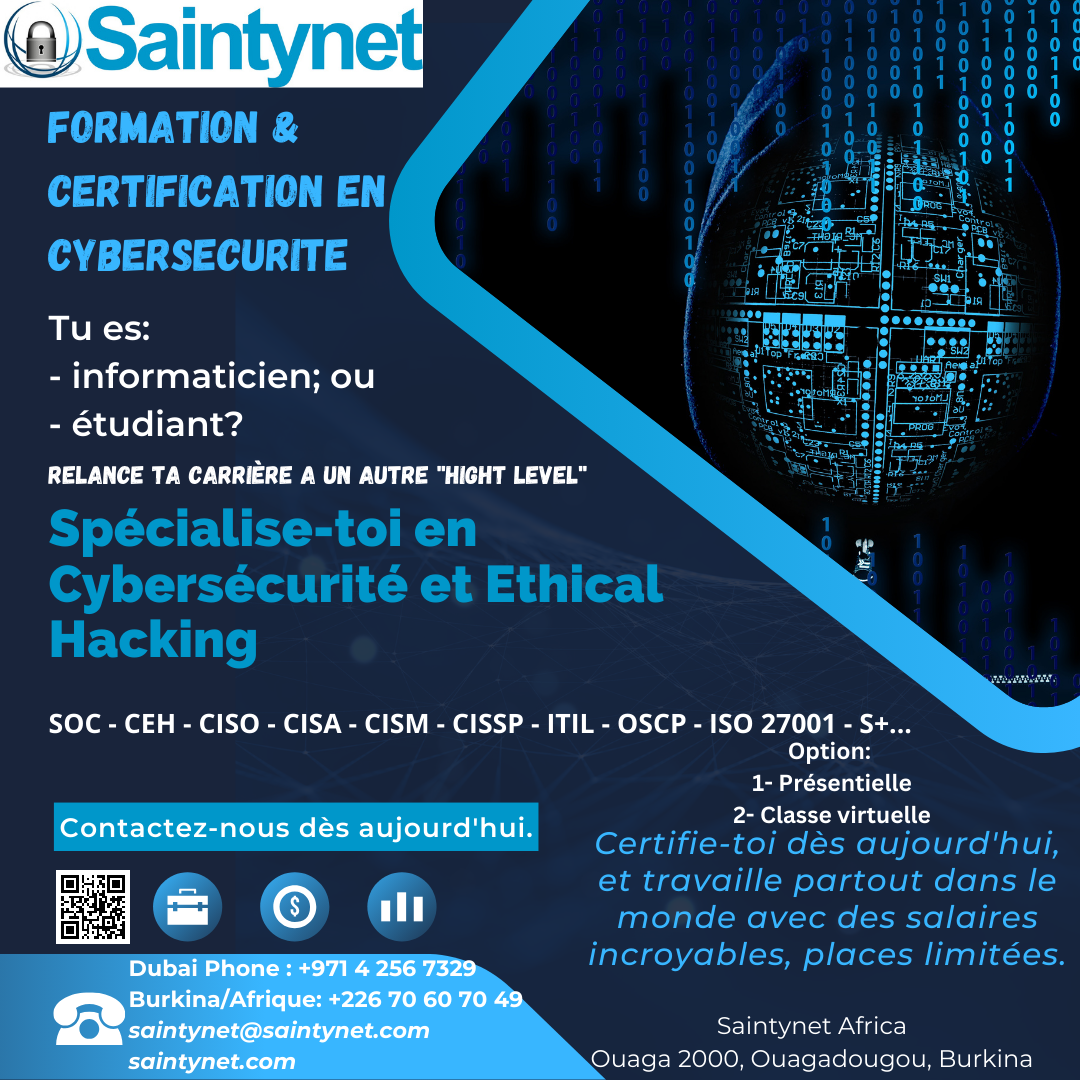Journalists play a vital role in keeping the public informed. Unfortunately, cybercriminals are well aware of the trust inherent in this profession and are exploiting it for nefarious purposes. A recent report by Google Cloud subsidiary Mandiant details how the Iranian state-backed hacking group APT42 (also known as Damselfly and UNC788) is posing as journalists to infiltrate target networks and steal sensitive cloud data. This tactic highlights the evolving nature of social engineering and the importance of cybersecurity awareness across all industries.
Unmasking the Deception: APT42’s Journalist Facade
APT42’s strategy hinges on building trust with their targets. They impersonate journalists researching topics relevant to the target’s field. This could involve reaching out to NGOs with inquiries about human rights issues, or contacting legal service providers about ongoing lawsuits. Through ongoing communication, they establish a rapport and eventually send seemingly legitimate documents or conference invitations. However, these documents often contain malicious attachments or links that compromise the recipient’s system. Once initial access is gained, APT42 utilizes built-in features and readily available open-source tools to navigate the target’s cloud environment undetected. Their primary objective is to exfiltrate data deemed valuable to the Iranian government, such as intellectual property, political dissident information, or internal communications.
Beyond the Journalist Impersonation: Understanding the Broader Threat Landscape
While APT42’s journalist impersonation tactic is concerning, it’s just one example of a larger trend. Social engineering attacks, which rely on manipulation to trick victims into divulging sensitive information or granting access, are a significant threat across all industries. Phishing emails, fake social media profiles, and even phone calls mimicking legitimate institutions are all common tools in a cybercriminal’s arsenal.
10 Actionable Tips to Thwart Social Engineering Attacks
Here are ten essential steps you and your organization can take to minimize the risk of falling victim to social engineering attacks like APT42’s journalist impersonation:
- Be Wary of Unsolicited Contact: Journalists and event organizers typically do thorough research before reaching out. Be cautious of emails or calls from unknown individuals, especially if they request immediate action or personal details.
- Verify Sender Information: Don’t rely solely on display names or email addresses. Check the sender’s email domain for inconsistencies. Legitimate journalists will likely have email addresses affiliated with established news organizations.
- Scrutinize Attachments and Links: Never open attachments or click on links in unsolicited emails. If a journalist needs information from you, they can request it through a secure channel.
- Employ Multi-Factor Authentication (MFA): MFA adds an extra layer of security by requiring a secondary verification step beyond just a password. This significantly reduces the risk of unauthorized access even if credentials are compromised.
- Educate Employees: Regular cybersecurity training programs can equip your staff with the knowledge and skills to identify and avoid social engineering scams.
- Implement Strong Password Policies: Enforce complex password requirements, including a combination of upper and lowercase letters, numbers, and symbols. Encourage regular password changes.
- Maintain Updated Software: Outdated software often contains vulnerabilities that attackers can exploit. Ensure all systems are patched with the latest security updates.
- Beware of Social Media Oversharing: Limit the amount of personal and professional information you share on social media. This information can be used by attackers to craft more believable social engineering attempts.
- Be Cautious with Downloadable Content: Only download applications and files from trusted sources. Free software downloads or attachments from unknown senders can be laced with malware.
- Report Suspicious Activity: Don’t hesitate to report suspicious emails, phone calls, or other attempts at social engineering to your IT security team or relevant authorities.
Conclusion: Vigilance is Key in the Digital Age
The ever-evolving tactics of cybercriminals like APT42 necessitate constant vigilance and a proactive approach to cybersecurity. By implementing the measures outlined above, organizations can significantly reduce their susceptibility to social engineering attacks and protect their valuable cloud data. Remember, cybersecurity is a shared responsibility. By raising awareness and fostering a culture of security within your organization, you can create a formidable defense against the ever-present threat of cybercrime.




